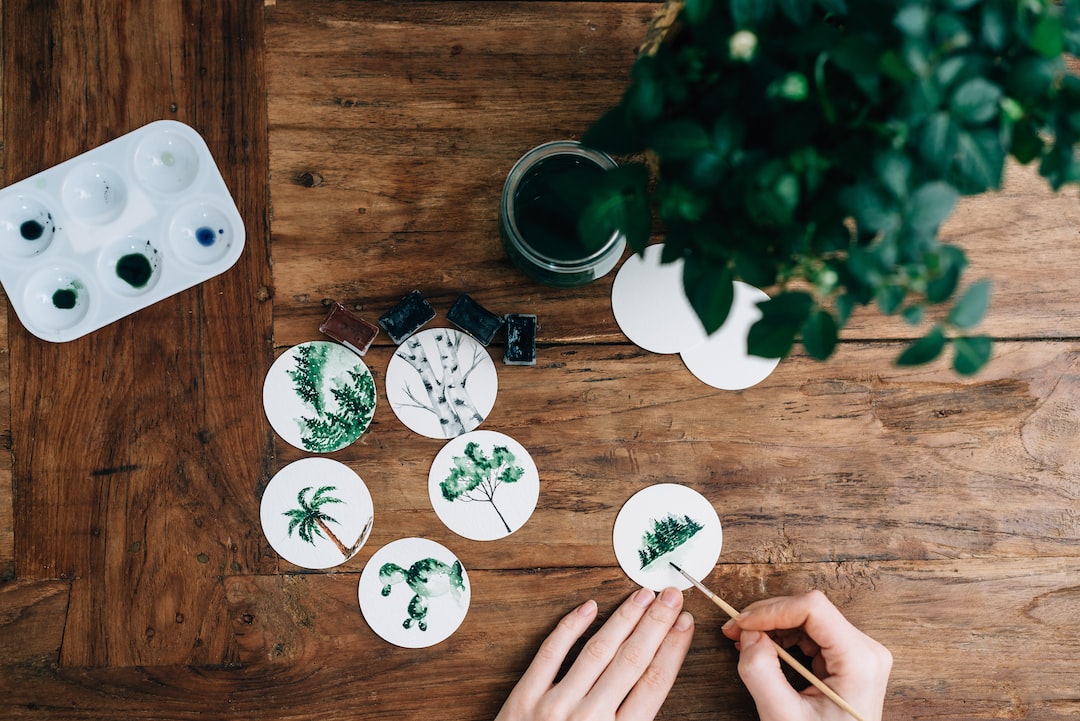The Beauty of Ceramic Art: An Exploration of Clay’s Versatility
Throughout human history, the art of ceramics has captivated people with its beauty and versatility. From delicate porcelain cups to intricate sculptures, clay has been molded and shaped into countless forms by skilled artisans. In this blog post, we will delve into the world of ceramic art and uncover the beauty and versatility that clay possesses.
Ceramic art dates back thousands of years and has been an integral part of many cultures. From ancient Egypt to China, clay was used to create functional objects as well as pieces of art. The versatility of clay allowed for the creation of everyday objects such as plates, bowls, and jars, which were not only practical but also aesthetically pleasing. These objects were often adorned with intricate designs and patterns, further showcasing the artistic capabilities of clay.
One of the most fascinating aspects of ceramic art is the ability to transform clay into different forms. Through various techniques such as throwing, coiling, and slab building, artists can shape clay into anything their imagination desires. Whether it is a delicate vase, a whimsical sculpture, or a functional teapot, clay can be molded to suit any artistic vision.
The versatility of clay extends beyond its form. This medium also offers a range of possibilities when it comes to surface treatments. Artists can experiment with glazes, underglazes, and different firing techniques to create unique textures and colors on their ceramic work. The firing process itself can drastically change the appearance of the clay, with low-fire clay producing a more porous and earthenware-like finish, while high-fire clay results in a more durable and vitrified surface. These possibilities allow artists to explore and push the boundaries of their creativity, resulting in truly stunning ceramic pieces.
Ceramic art is not only visually appealing but also tactilely satisfying. The texture of clay provides a sensory experience like no other. From the smoothness of a well-thrown pot to the roughness of a hand-built sculpture, the touch of ceramics evokes a connection between the artwork and the viewer. The tactility of clay invites us to explore its contours and reliefs, making ceramic art a truly interactive and engaging medium.
In addition to its tactile quality, ceramic art also offers a sense of permanence. Unlike other art forms that may deteriorate over time, ceramic pieces can withstand the test of time. The firing process makes clay incredibly durable, allowing ceramic art to be handed down through generations. This quality adds a sense of value and history to ceramic pieces, making them not only beautiful but also meaningful heirlooms.
The beauty of ceramic art lies not only in its individual pieces but also in its cultural significance. Ceramics have played a vital role in many civilizations, serving as vessels for rituals, traditions, and history. From ancient Greek pottery to Chinese porcelain, ceramic art reflects the artistic traditions and cultural values of different societies. Each piece tells a story, representing a specific period of time and a particular artistic style. By appreciating ceramic art, we also honor the heritage and creativity of our ancestors.
In conclusion, the beauty and versatility of ceramic art are undeniable. From its ability to be molded into various forms to the countless possibilities in surface treatments, clay offers artists a medium rich with creative potential. The tactile experience and durability of ceramics further enhance the art form, making it a truly remarkable medium. As we explore the world of ceramic art, we not only appreciate its visual appeal but also connect with the cultural significance and historical legacy embedded within each piece. So, the next time you come across a ceramic artwork, take a moment to admire its beauty and consider the countless hours of skill and creativity that went into its creation.

